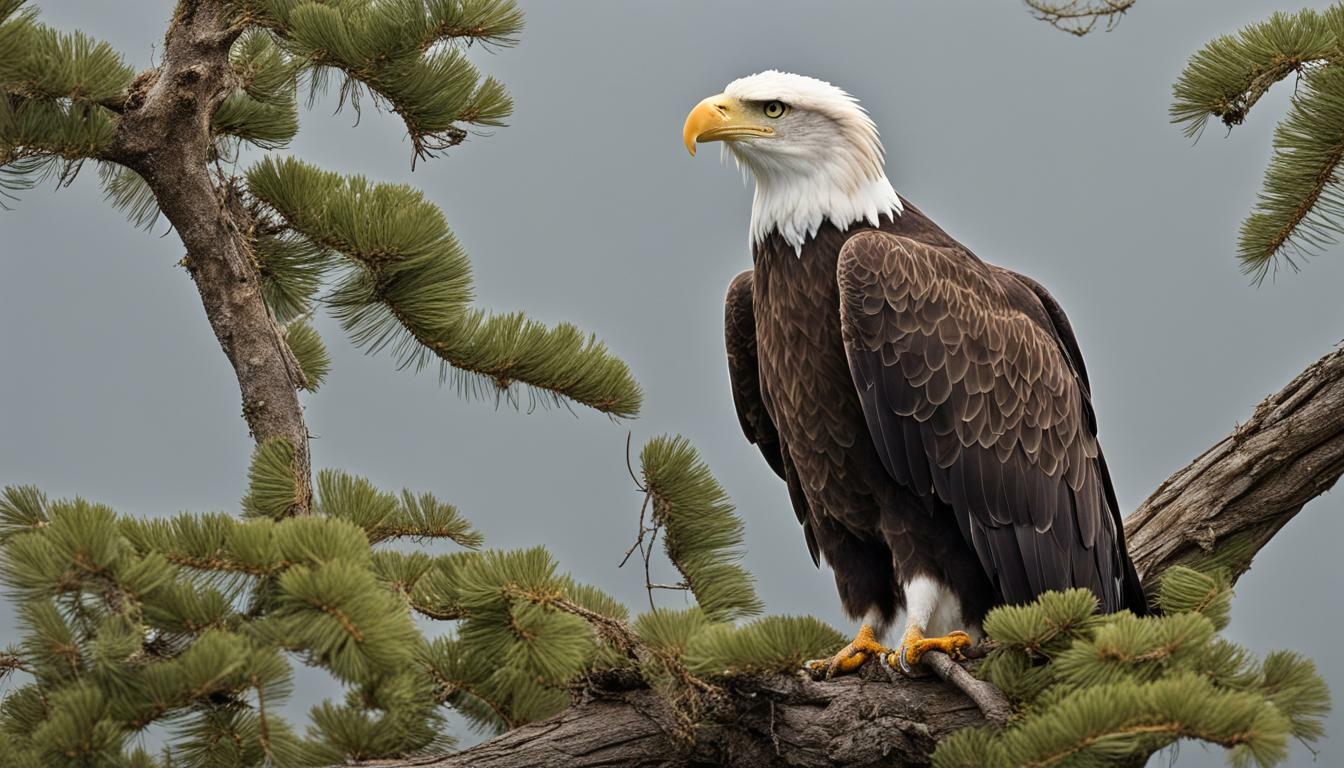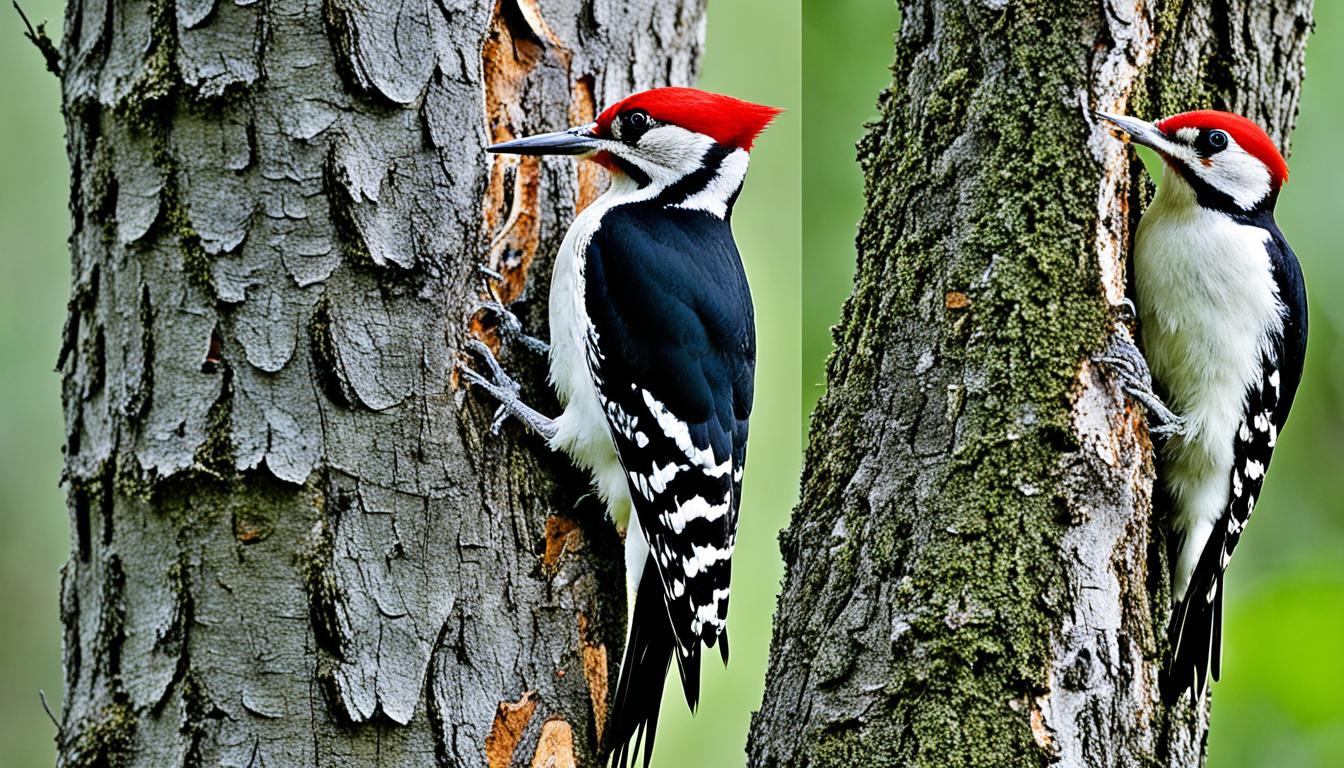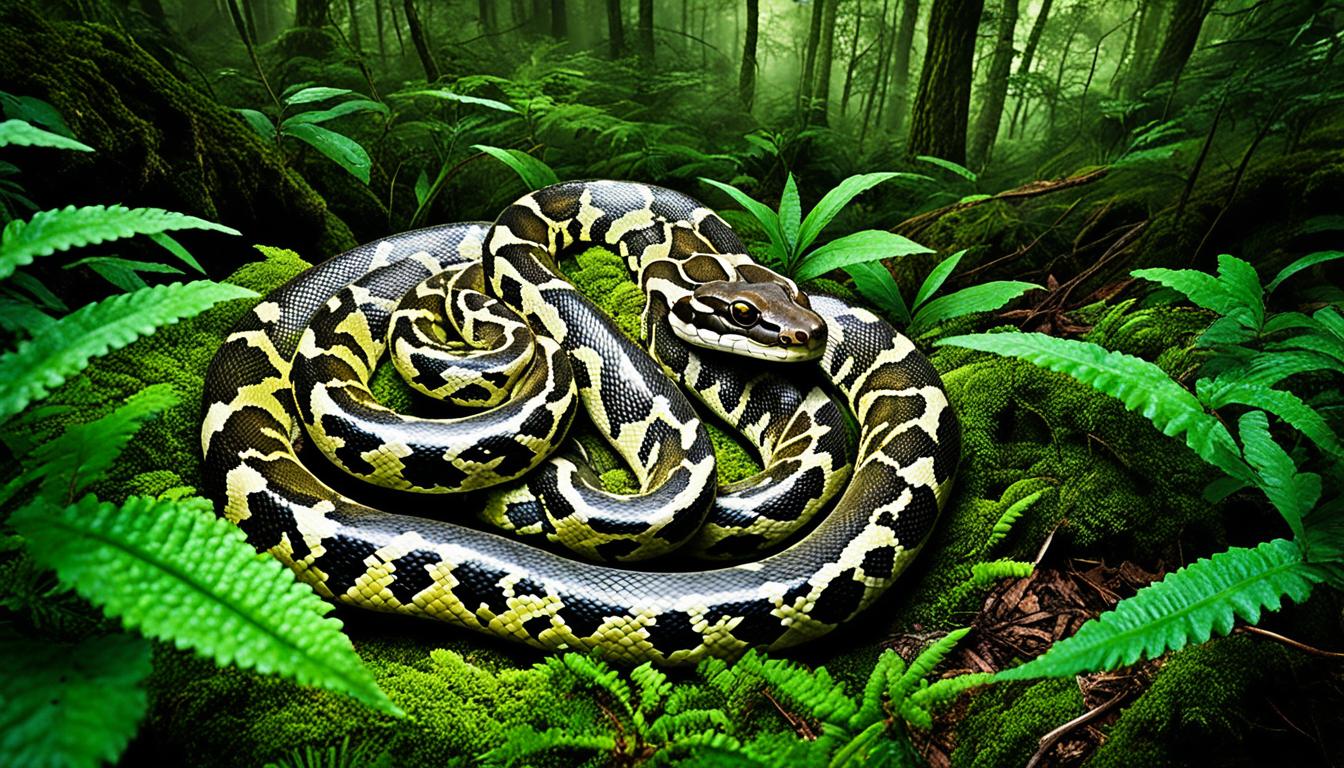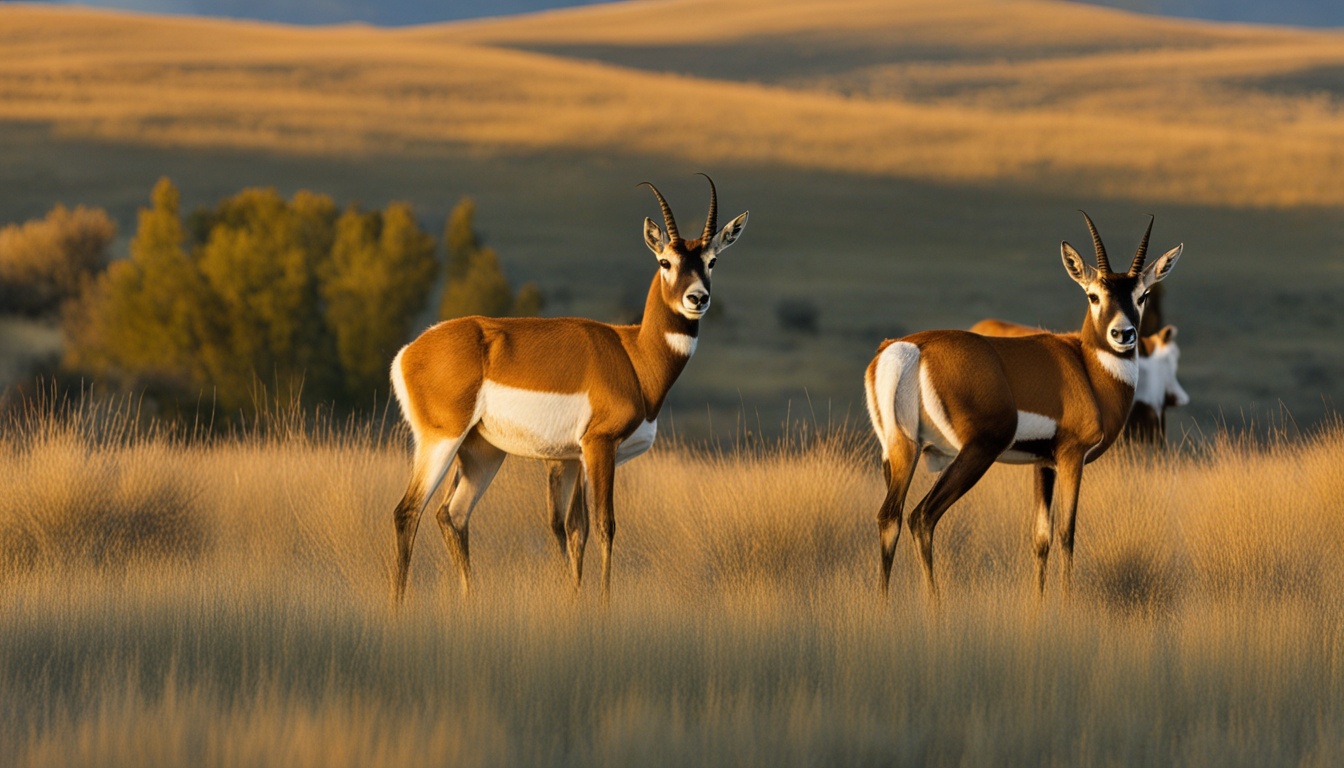Bald eagles are one of the most majestic creatures in the animal kingdom. With their impressive wingspan and sharp beaks and talons, they are known for their impressive hunting skills. But have you ever wondered what they eat? Are bald eagles carnivores, herbivores, or omnivores?
In this section, we will explore the diet of bald eagles and determine if they are carnivores, herbivores, or omnivores. We will provide an overview of their feeding habits and preferences.
Key Takeaways:
- Bald eagles are primarily carnivores, with fish being their main food source.
- Despite being carnivorous, bald eagles also consume small mammals, birds, and carrion.
- There have been rare instances where bald eagles have been observed consuming plant matter, but it is not a significant part of their diet.
Understanding Bald Eagles’ Feeding Habits
As majestic hunters of the sky, bald eagles are known for their impressive feeding habits. Their diet mainly consists of fish, but they are also opportunistic hunters and scavengers, supplementing their diet with small mammals, birds, and carrion.
With their sharp beaks and talons, they are equipped to catch and kill their prey. They are adept at catching fish near the water’s surface, using their sharp eyesight to spot their prey from a distance. Bald eagles are also known for their impressive aerial dives to catch fish.
However, while fish make up the majority of their diet, they do not limit themselves solely to this food source. Their opportunistic behavior allows them to adapt their diet based on availability and environmental conditions. This versatility makes them adaptable to various food sources.
The Predatory Nature of Bald Eagles
As you may have guessed, bald eagles are carnivores. Their sharp beaks and talons make them skilled predators, enabling them to catch and kill their prey. While they primarily consume fish, bald eagles are also known to hunt small mammals, birds, and carrion. In fact, their opportunistic feeding habits allow them to adapt their diet based on availability and environmental conditions.
Bald eagles are classified as raptors, or birds of prey, and are known for their impressive hunting skills. Their keen eyesight allows them to spot their prey from a distance, and they use their powerful talons to grab and carry it away. They have been observed catching fish near the water’s surface, as well as engaging in aerial dives to catch their prey.
Fun fact: A bald eagle’s hunting success rate is estimated to be between 10-20%, meaning they may need to make several attempts before successfully catching their prey.
While their primary food source is fish, bald eagles also feed on other small animals and carrion. This opportunistic behavior allows them to survive in different habitats and environments. However, their high dependence on fish has made them vulnerable to environmental changes such as pollution and overfishing. Human activity has also impacted their nesting and hunting grounds, making it important to protect these majestic birds.
Fish – A Staple in the Bald Eagle’s Diet
Out of all the different types of prey that bald eagles consume, fish are by far the most important. In fact, it is estimated that fish make up around 70-90% of their diet! Bald eagles prefer to hunt fish that swim close to the water’s surface, using their incredible eyesight to spot and track their prey from a distance. Once the eagle has targeted its prey, it will swoop down and catch the fish with its sharp talons.
Bald eagles have also been known to use an impressive aerial diving technique while fishing, called a stoop. During a stoop, the eagle will fold its wings against its body and dive straight down towards the water’s surface, achieving speeds of up to 100 miles per hour! This incredible maneuver allows the eagle to quickly and efficiently catch its prey.
| Types of fish consumed by bald eagles: | Examples of fish consumed by eagles: |
|---|---|
| Freshwater fish | Bass, trout, salmon |
| Saltwater fish | Herring, flounder, halibut |
Bald eagles have also been observed scavenging on fish, feeding on carrion that has been left behind by other predators or washed up on shore. However, this is a much less common behavior than active hunting. Overall, the diet of a bald eagle is incredibly diverse, adaptable, and impressive!
Supplementing the Diet with Other Prey
Bald eagles are primarily carnivorous, but they also supplement their diet with other types of prey. This flexibility allows them to adapt their eating habits in different environments and situations.
Small mammals, such as rabbits and squirrels, are occasional prey for bald eagles. They are also known to prey on smaller birds, such as ducks and geese, as well as carrion, such as dead livestock or fish.
While fish are the main staple of their diet, the ability to switch to other food sources when necessary demonstrates their versatility as opportunistic hunters. This behavior ensures their survival, especially in times when fish stocks become scarce.
Plant Matter in the Bald Eagle’s Diet
While bald eagles are primarily carnivorous, they have been observed consuming small amounts of plant matter on rare occasions. This behavior is believed to be incidental and not an intentional part of their diet.
In one instance, a bald eagle was seen feeding on a fish that had ingested plant matter, indicating that the eagle’s consumption of plants was unintentional. In another instance, a bald eagle was observed consuming berries, but this was likely due to a lack of other food sources.
Despite these rare observations, plant matter makes up a very small portion of a bald eagle’s diet. They are primarily hunters and scavengers, relying on their sharp beaks and talons to catch and kill their prey.
So, while it is true that bald eagles may consume some plant matter on occasion, it is not a significant part of their diet. Their impressive hunting skills and preference for meat make them well-adapted to their environment, allowing them to thrive in a variety of habitats.
Nesting Habits and Parental Feeding
When bald eagles have hatchlings in their nests, they exhibit parental feeding behaviors. During this time, they bring food to their young, primarily fish, ensuring their growth and survival. This behavior is vital to the continued population of bald eagles and their role in the ecosystem.
Parental feeding typically begins in early spring, lasting around ten weeks until the eaglets are old enough to fly and hunt on their own. The male and female eagles take turns feeding their young, with the female providing most of the food during the first few weeks.
Both parents often bring fish to the nest, which they tear into small pieces for their offspring. They also protect their young by warding off any potential predators, including other birds and animals that may pose a threat to the young eaglets.
Parental feeding is essential to the growth and development of bald eagles. Without this behavior, the young eaglets may struggle to survive, impacting the population of these birds. As such, this behavior is a crucial aspect of the feeding habits and lifestyle of bald eagles, highlighting their role in the ecosystem.
The Versatile Bald Eagle’s Diet
As opportunistic hunters, bald eagles have a varied diet that allows them to adapt to different environments and habitats. While fish make up the majority of their diet, they also consume small mammals, birds, and carrion, supplementing their primary food source with other prey.
This ability to adapt their feeding habits makes them versatile hunters, capable of thriving in different areas, including coastal regions, lakes, and rivers. Bald eagles’ impressive aerial dives to catch fish demonstrate their hunting skills and adaptation to their environment.
Furthermore, bald eagles exhibit parental feeding behaviors when raising their young. They bring fish and other prey to their nests, ensuring their hatchlings’ growth and survival. This parental feeding demonstrates their strong instinct to nurture and protect their offspring.
The versatility in bald eagles’ diet allows them to thrive in different ecosystems, adapting to the availability of food sources. Their predatory nature and opportunistic feeding habits showcase their adaptability and versatility, making them a fascinating bird species to observe in the wild.
Conclusion
After exploring the diet of bald eagles, it is clear that they are primarily carnivores, with fish making up the majority of their diet. Their predatory nature and impressive hunting skills allow them to catch and kill their prey with ease. However, they also supplement their diet with other prey, including small mammals, birds, and carrion, demonstrating their versatility as opportunistic hunters.
While there have been rare instances of bald eagles consuming plant matter, it is not a significant part of their diet and is believed to be incidental rather than intentional. During nesting season, bald eagles exhibit parental feeding behaviors, bringing fish to their young to ensure their growth and survival.
The varied diet of bald eagles allows them to adapt their feeding habits and thrive in different habitats and environments. Their ability to take advantage of different food sources demonstrates their adaptability and versatility.
What Types of Fish are Commonly Eaten by Bald Eagles?
The fish diet of bald eagles primarily consists of various species commonly found in their habitats. These majestic birds predominantly feed on fish such as salmon, trout, and herring. The availability of fish in their surroundings plays a crucial role in determining their food preferences. Bald eagles have adapted remarkably well to their piscivorous diet, showcasing their exceptional hunting skills and impressive aerial maneuvers.
FAQ
Q: Are bald eagles herbivores?
A: No, bald eagles are primarily carnivores.
Q: What do bald eagles eat?
A: Bald eagles mainly eat fish, but they also consume small mammals, birds, and carrion.
Q: Do bald eagles eat plants?
A: While rare instances of plant consumption have been observed, it is not a significant part of their diet.
Q: How do bald eagles catch their prey?
A: Bald eagles have sharp beaks and talons that enable them to catch and kill their prey.
Q: Do bald eagles feed their young?
A: Yes, bald eagles exhibit parental feeding behavior and bring food, primarily fish, to their young in the nests.
Q: Are bald eagles adaptable in their diet?
A: Yes, bald eagles demonstrate versatility in their diet and can adapt their feeding habits based on availability and environmental conditions.











